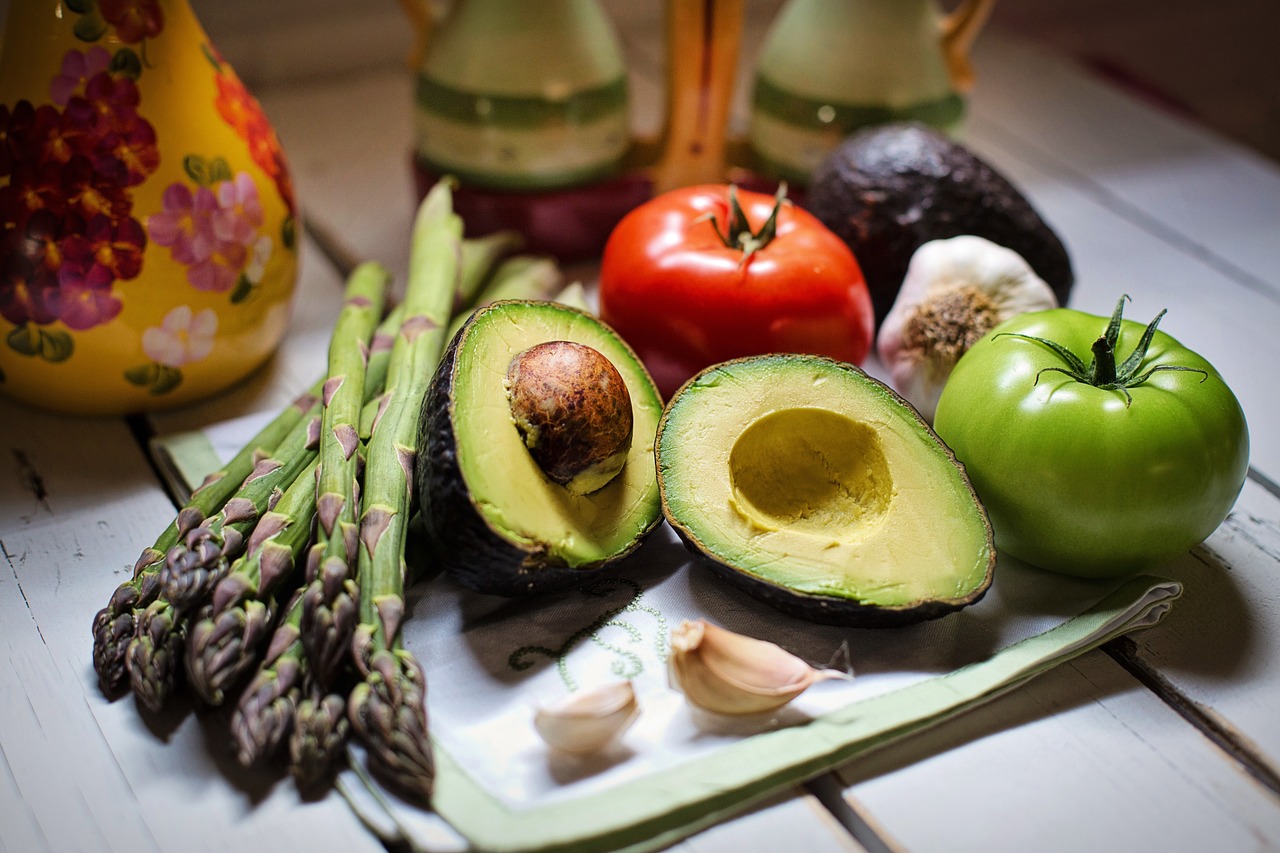
As more people adopt plant-based diets for health, ethical, and environmental reasons, restaurants stand to gain by embracing this shift. This guide will unveil key strategies to adapt menus, create appealing vegan offerings, and cultivate a welcoming atmosphere for the growing vegan clientele. Understand the trends, seize the opportunity, and thrive in the era of veganism.
Successfully catering to vegan customers involves more than just adding vegan options to the menu; it requires a thorough understanding of who these customers are, what they value, and what they expect from their dining experiences.
While the vegan movement cuts across different demographics, certain trends can be observed. Younger generations, particularly millennials and Gen Z, have been noted to be more likely to adopt vegan diets due to their greater awareness and concern about health, animal welfare, and the environment. Women also represent a significant portion of the vegan population.
Vegan consumers tend to place a high value on health, sustainability, and ethical considerations. This commitment to personal and planetary health is reflected in their food choices. They look for dishes that are not only free from animal products but also wholesome, nutritious, and sustainably sourced.
Vegan customers expect more than just token salads or a single vegan option on the menu. They appreciate restaurants that offer a range of vegan dishes, demonstrating an understanding and appreciation of vegan cuisine. This includes main courses, desserts, and even beverages.
The shift towards veganism is not merely a trend; it's a profound lifestyle change for a growing number of consumers. Here's how restaurants can capitalize on this shift and cater to the needs of the vegan market.
The first step towards attracting vegan customers is by making sure your menu caters to their dietary needs.
Remember to highlight vegan dishes on your menu, so customers can easily identify them.
A restaurant’s atmosphere and staff knowledge can significantly impact a vegan customer's dining experience.
Effective marketing can help your restaurant stand out to vegan consumers.
To effectively cater to the growing vegan clientele, it's crucial to adapt your menus accordingly. Here's how you can do it while maintaining a diverse, appealing, and exciting array of choices.
Begin by taking a thorough look at your current menu. Identify dishes that are already vegan or can be easily modified. You might have more options than you think. Many cuisines naturally include vegan-friendly dishes that rely heavily on fruits, vegetables, grains, and legumes. For example, Mediterranean, Middle Eastern, and Asian cuisines often feature a variety of plant-based dishes that are innately vegan.
Introduce plant-based substitutes in your dishes to make them vegan-friendly. From plant-based meats to dairy alternatives like almond milk or cashew cheese, there are plenty of high-quality vegan substitutes available today that will allow you to recreate popular dishes in a vegan-friendly way.
Consider the following substitutions:
Don't limit your vegan offerings to simple modifications of existing dishes. Instead, seize the opportunity to get creative and develop unique vegan dishes that can appeal to all customers, not just those following a vegan diet.
Utilize a variety of grains, vegetables, fruits, nuts, seeds, and legumes to create dishes that are diverse, colorful, and nutrient-dense. Showcase the wide range of flavors, textures, and possibilities that plant-based ingredients offer.
Once you've developed your vegan offerings, make sure they are clearly marked on your menu. This not only makes it easier for vegan customers to identify what they can eat, but it also draws attention to these options for all customers.
Creating a vegan-friendly environment extends beyond the menu. It involves cultivating an atmosphere that respects and appreciates vegan values, ensuring your staff is knowledgeable about veganism, and clearly communicating your commitment to vegan options.
Your staff should be well-versed in vegan dietary needs and the specifics of your vegan offerings. This includes not just waitstaff, but also chefs and kitchen staff. Training should cover:
The design and ambiance of your restaurant can also convey your commitment to vegan customers.
Clear communication about your vegan offerings is crucial. This can be achieved through various means:
With your vegan-friendly menu and environment in place, the next step is to market your offerings effectively to attract vegan customers. Here are some strategies to consider.
Highlight your vegan offerings in all your marketing materials. This includes your website, social media platforms, newsletters, and printed advertisements.
Partnering with influencers or bloggers in the vegan space can significantly broaden your reach. Offer them a free meal in exchange for a review or social media feature. They can provide valuable exposure to a targeted audience interested in vegan dining options.
Hosting special events that celebrate vegan food can draw in the local vegan community. This could include: